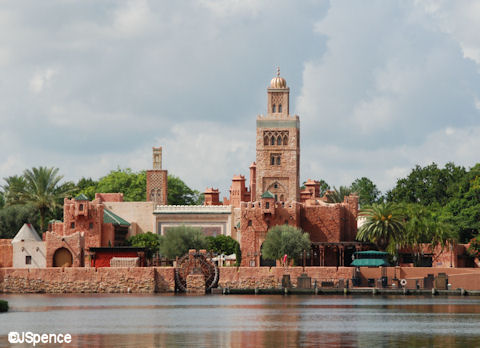
Of all the World Showcase nations, most Americans probably know the least about the real country of Morocco. Past episodes in history and immigration patterns have brought the other nations of Epcot a little closer to us than this Northern African country. Yet, Morocco does have a very interesting tie to the United States. In December 1777, sultan Muhammad III created a list of countries that were welcome to use Moroccan seaports. Included on this list was the United States. Thus, Morocco became the first country to have a head of state publicly recognized our new nation. In 1787, this recognition was formalized with the Moroccan-American Treaty of Friendship and was signed by Thomas Jefferson, John Adams, and Muhammad III. Morocco holds the longest unbroken treaty with the United States. If you look closely at the last page of the treaty below, you can make out Adams’ and Jefferson’s signatures.
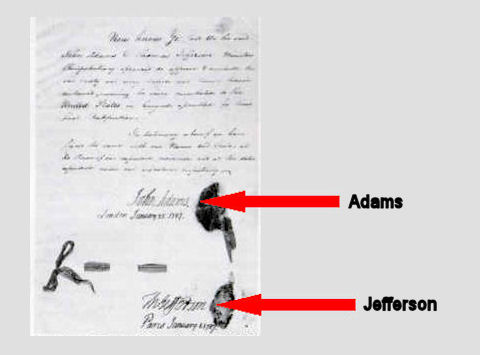
The United States also opened its first consulate in Tangier in 1797. The building was given to the U.S. by sultan Moulay Slimane and it is the oldest U.S diplomatic property in the world.
Morocco also played an interesting part in the history of WWII. From January 14 to 24, 1943, the Casablanca Conference was held in the Anfa Hotel in Casablanca. Here, Franklin Roosevelt, Winston Churchill, and Charles de Gaulle planned the European strategy of the Allies. Joseph Stalin was also invited to this conference but he declined to attend due to the ongoing fighting in Stalingrad.

So you see, Morocco does hold an important place in the history of the United States.
The English name “Morocco” comes from either the Portuguese “Marrocos” or the Spanish “Marruecos.” Both are derived from the Latin “Morroch” which refers to the name of the formal capital, Marrakesh. In Persian and Urdu, Morocco is still called “Marrakesh” which means Land of God.
The Morocco Pavilion was the first pavilion to be added to World Showcase after the initial opening of Epcot. It opened on September 7, 1984. Like the Germany Pavilion, Morocco has its own landing for the Friendship boats that ferry guests back and forth across World Showcase Lagoon.
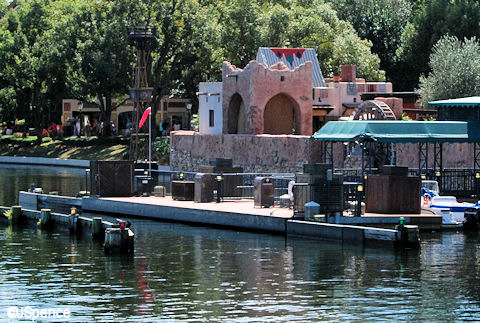
The structures in the Morocco Pavilion were based on designs found in the cities of Casablanca, Marrakesh, Rabat, and Fez. In addition, the pavilion, like many Moroccan cities, is divided into two sections. Ville nouvelle (new city) occupies the outer portion of the pavilion while the Medina, or old city, can be found in the back half. The two sections of the pavilion are delineated by the Bab Boujouloud Gate. The Epcot version of this portal was inspired by a structure found in the city of Fez. The similarities between the two are striking.
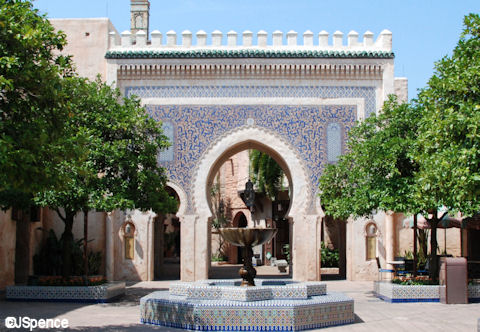
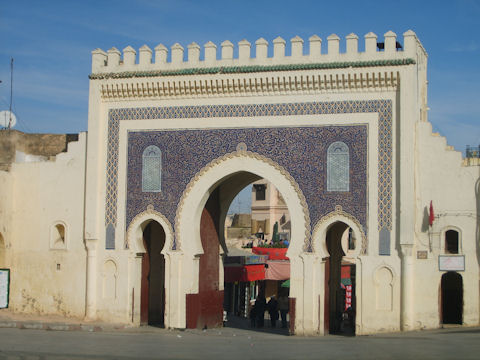
At water’s edge you’ll find an ancient waterwheel. Much of Morocco is arid, but it does have a number of rivers which are used for irrigation. Waterwheels like the one depicted here are still used today to draw water from the rivers and irrigate the fields. Morocco’s chief crops are barley, wheat, olives, citrus fruits, and grapes.
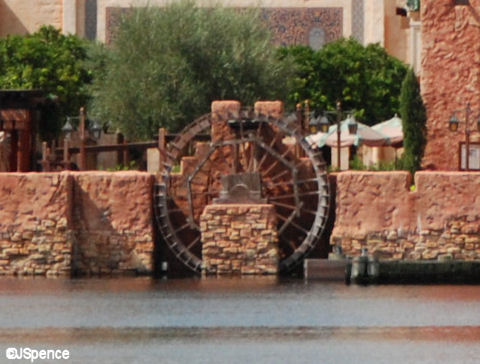
At the Morocco Pavilion, the water drawn by the waterwheel is directed into a Chahar Bagh (Persian for four gardens). The classic design of a Chahar Bagh has a fountain or holding trough at the center of the garden which flows into four channels at right angles to each other. The four channels are often associated with the four rivers of Paradise as described in the Koran. These waters flow to the four quarters of Heaven.
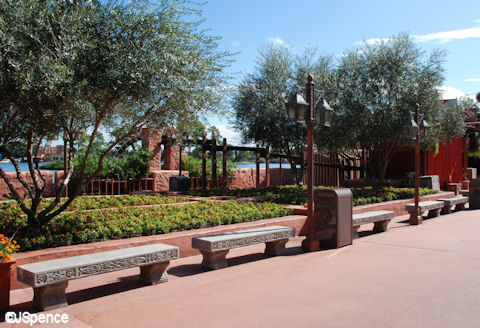
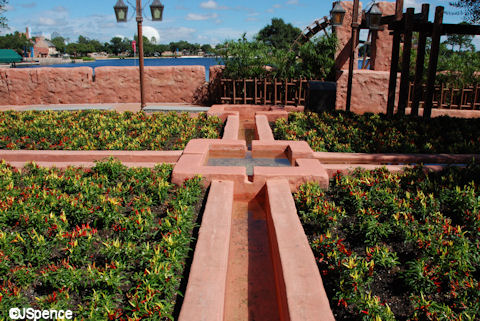
Next to the Chahar Bagh is a stage where the group Mo’Rockin performs each afternoon and evening. This group of five musicians uses traditional and modern instruments to create a unique spin on Middle Eastern, African, Spanish, and American music. Each performance lasts around twenty minutes. And if the music isn’t enough to keep you entertained, a belly dancer is on hand to spice things up. There’s no rockin’ like MO’ROCKIN! Check your Times Guide for current performance times.
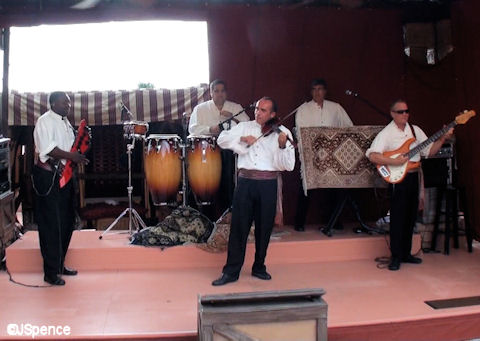
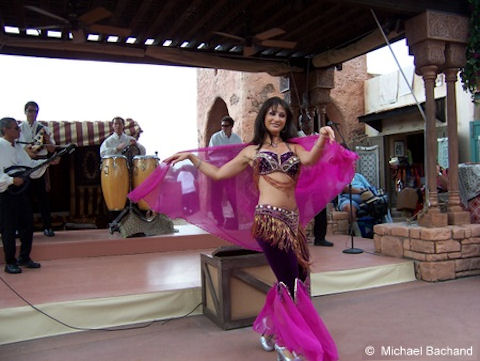
Here is a picture taken of this area in 1986, long before a stage was added and a permanent store erected.
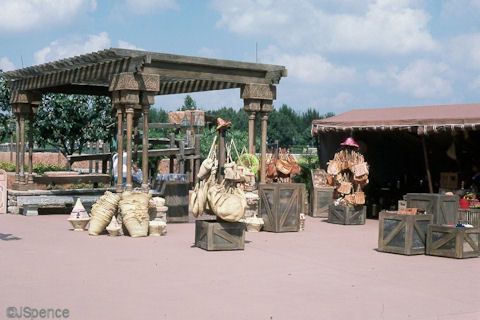
Behind the stage guests can find a typical peddler’s cart. Even today, street vendors are commonplace in many Moroccan cities. In fact, their proliferation has become epidemic and many avenues are impassible to automobiles due to the number of merchants selling their wares.
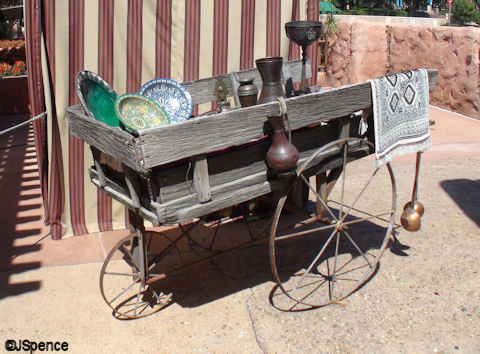
Tucked away near the water’s edge is a small merchant’s shop. Here, a talented artist can apply a henna tattoo to your body. There are a number of designs to choose from and they can be previewed in a nearby catalog. The larger the application, the more the cost. A henna tattoo can be applied in a matter of minutes and typically last two to three weeks. This shop usually does not open until later in the afternoon.
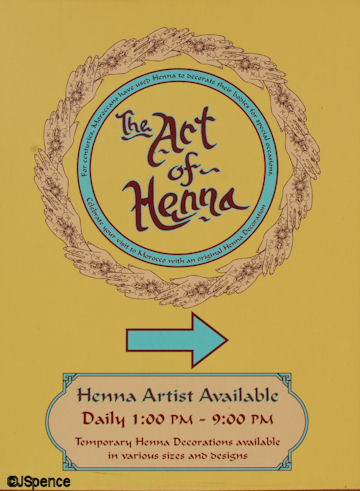
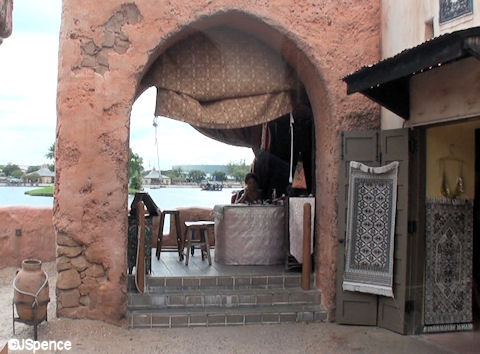
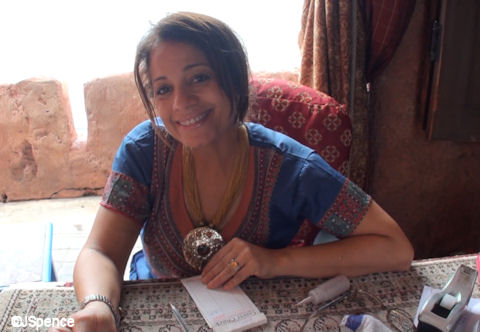
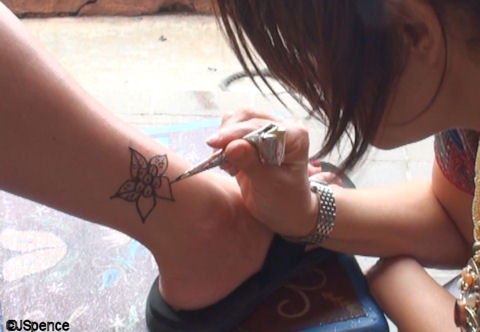
Henna dye is created by crushing the leaves of the henna plant. The leaves are usually milled into a powdered form for easy transport. Then, some sort of mild acid, like lemon juice or strong tea, is added to create a paste and to activate the “dying” qualities.
Henna tattoos have a long tradition with Moroccan weddings. On the eve of the marriage, the women of the wedding party gather for a “Night of Henna.” The older ladies paint the hands and feet of the bride while sharing wisdom about married life. According to tradition, the bride cannot work or perform tasks until the tattoos have completely faded.
Next to the henna vendor is the Souk-Al-Magreb shop. Here you’ll find a large selection of Moroccan handicrafts. One of my favorites is a t-shirt sporting the front and back view of Habibi the camel.

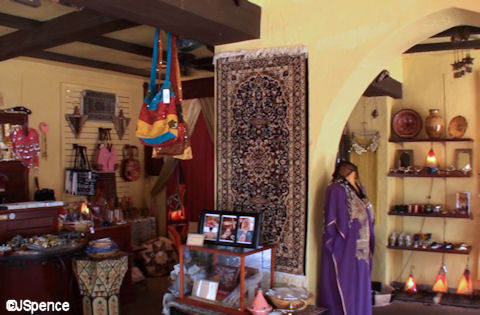
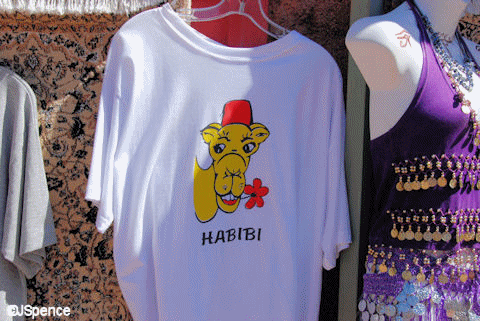
Based on a real-life camel and his owner, Betsy Lewin wrote a children’s book titled “What’s the Matter, Habibi?” Habibi (Arabic for “my darling”) is a camel who usually seems to enjoy his work. But one day he lies down on the job and refuses to get up. Ahmed, Habibi’s owner, asks “What’s the matter?” But Habibi refuses to tell. However, a trip to the bazaar and several adventures seems to solve Habibi’s problems and they all live happily ever after.
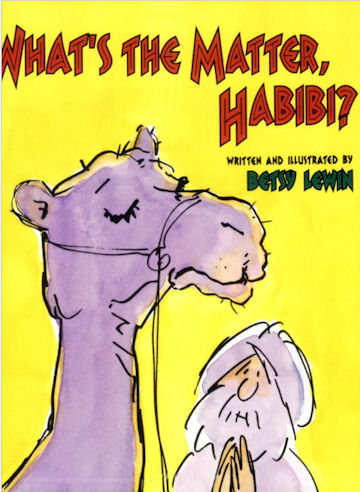
To the right of the Souk-Al-Magreb shop is the Meet-&-Greet area for Aladdin and Jasmine. They appear several times each day and love to pose with enthusiastic visitors to their realm. A line materializes long before the couple appears on the scene so plan accordingly.
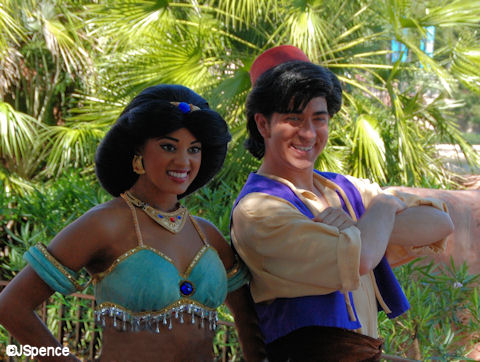
It is interesting to note, the original tales of Aladdin take place in Islamic sections of China such as Turkestan or the province of Xinjiang. But since these stories revolve around Muslim characters, Morocco was the obvious choice when deciding where Aladdin and Jasmine should reside in World Showcase.
Across the promenade from the Meet-&-Greet is a quick service kiosk. Here you can purchase bottled water, Coke products, Moroccan Mint Tea, Casa Beer, baklava, and an assortment of exotic alcoholic beverages with a Moroccan theme.
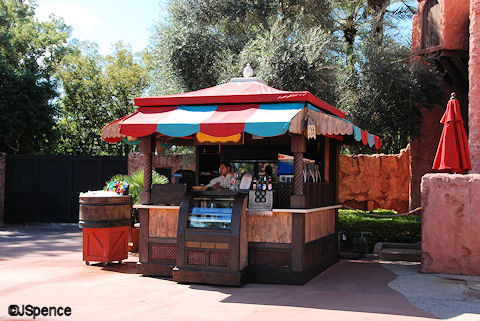
On the left side of the pavilion is a sign that reads “Kingdom of Morocco.”
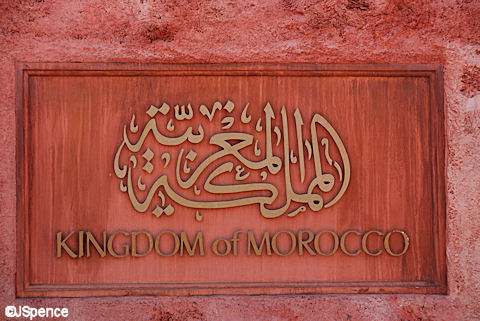
Morocco is a constitutional parliamentary monarchy. The government has two chambers and is presided over by the Prime Minister. The PM is selected by the king from candidates within the winning party after each election. The king still retains considerable executive powers and he is both the secular political leader and the “Commander of the Faithful” as a direct descendant of the Prophet Mohammed.
Located in the first building on the left as you enter the pavilion you’ll find “Moroccan Style: The Art of Personal Adornment.” This museum features clothing and jewelry from Morocco. Each display is accompanied by a short, easy-to-read explanation as to what you are looking at. Most people only give these exhibits a passing glance, but this is a shame. It really doesn’t take more than 10 minutes to read all of the information plaques and you’ll leave here knowing much more about this faraway land if you take the time to explore.

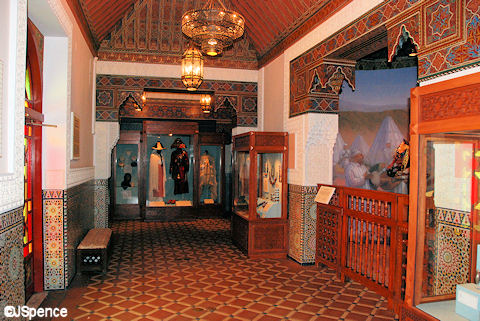
The most prominent exhibit in the museum features an ornately costumed gentleman and his steed. At this display we learn about the Fantasia. A Fantasia is an equestrian event performed at cultural and religious festivals. At these events, riders don themselves and their horses in elaborate costumes. At the climax of the ceremony, they gallop toward each other at full speed before abruptly stopping to fire rifles into the air.
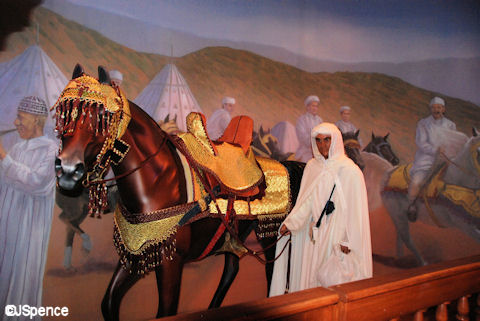
While in the museum, also pay attention to the ceiling and floor. The craftsmanship is outstanding.
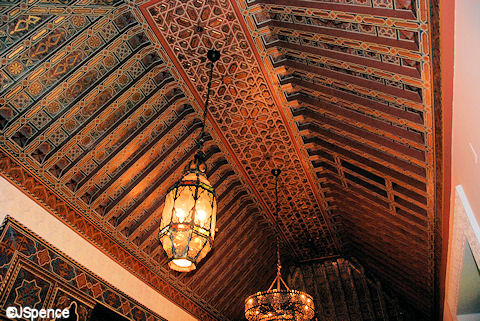
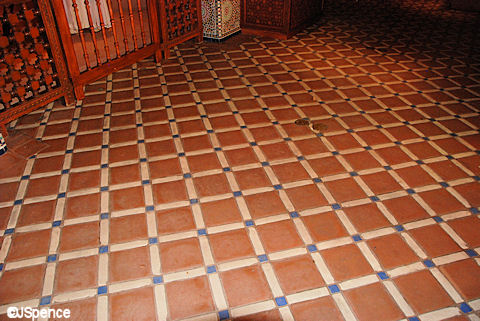
Opposite the museum, in the facing building, is Tangierine Café.
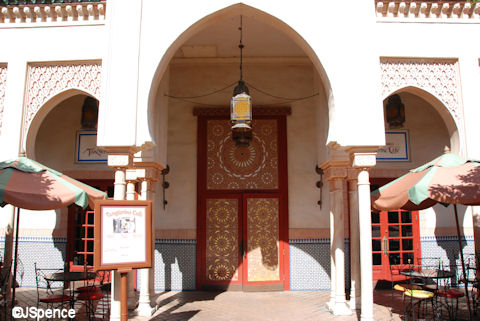
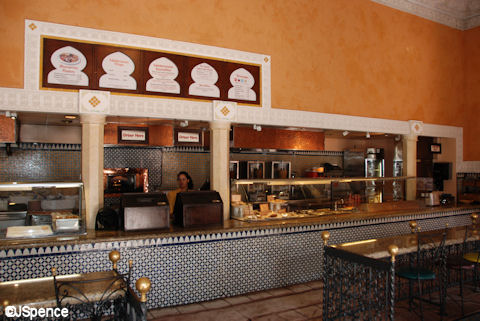
This counter service restaurant offers Morrocan Kefta Sandwiches, Mediterranean Wraps, Shawarma Platters, and a number of other “off the beaten path” meals. Yet nothing is so exotic as to send your running for a drinking fountain to drown out the tastes. Since much of the food is unfamiliar to Americans, displays have been created to let you know the offerings are quite appetizing. While ordering, be sure to notice the rotisseries behind the counter roasting lamb and chicken.
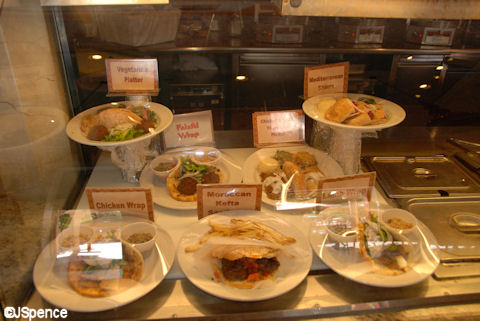
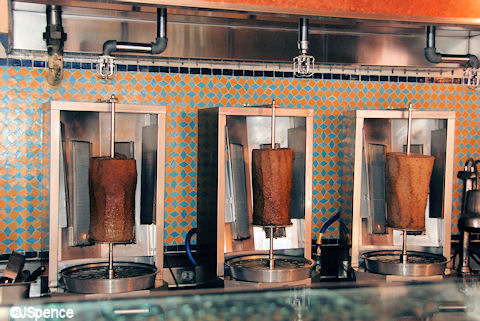
Also in the Tangierine Café is a Coffee and Pastry Bar. Besides a wide variety of exotic caffeine-laden concoctions and sweet taste treats, a number of alcoholic beverages are available including Moroccan beer and wine.
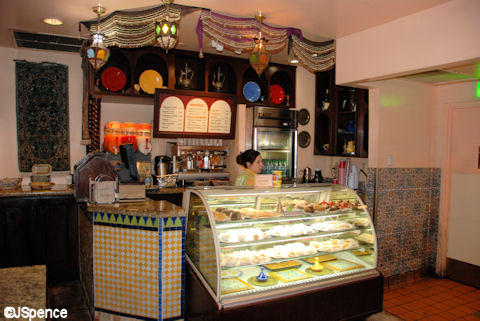
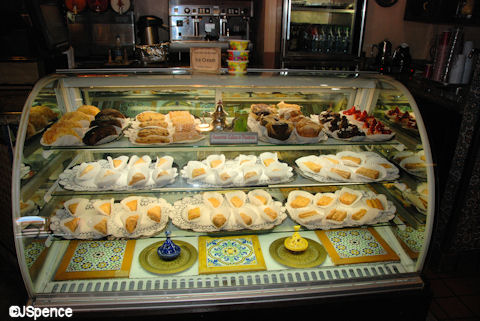
There are a number of tables indoors and plenty of covered seating options outside the restaurant.

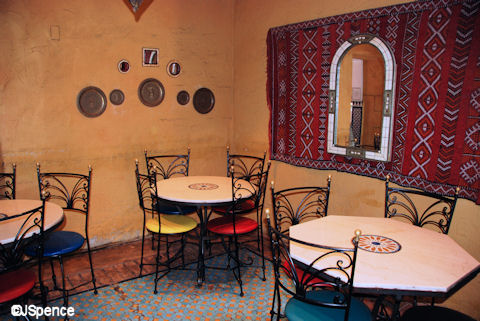
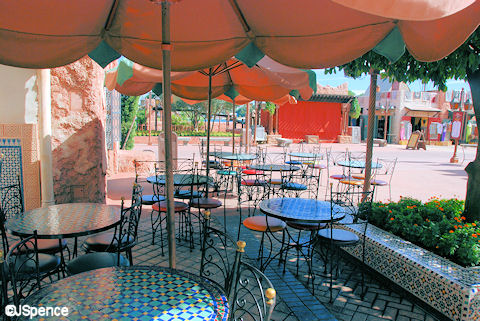
In the early years of Epcot, the area now occupied by Tangierine Café, was home to “Center of Tourism.” At this spot, guests could obtain literature useful in planning a vacation to Morocco. They could even book flights on Royal Air Maroc (commonly known as RAM), the official airline of Morocco.
Outside of Tangierine Café and in front of the restrooms you’ll find a large date palm (Phoenix dactylifera). Dates have been a staple of the Middle East and Northern Africa for thousands of years and are an important crop in Morocco
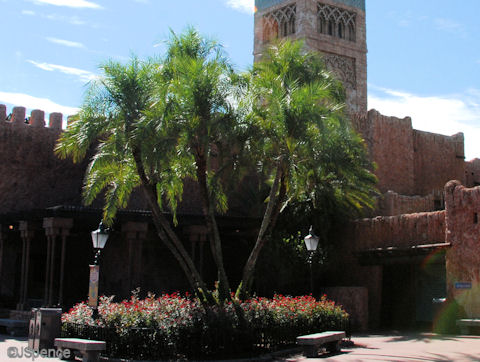
The most prominent feature of the Morocco Pavilion is the Koutoubia Minaret, which is a replica of the Koutoubia Mosque Minaret found in the city of Marrakesh. The original was built in the 12th century and stands 204 feet in height.
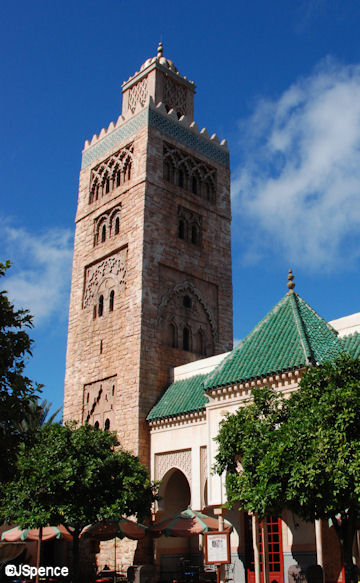
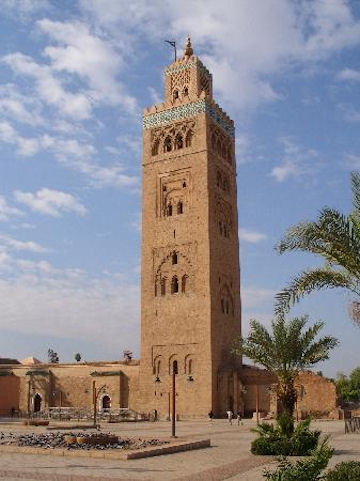
The Prophet Mohammend once told a follower to call the faithful to prayer from the highest rooftop in the city. Thus began the Islamic tradition of building mosques with prayer towers, or minarets. To this day, Moroccan Muslims gather to hear the melodic chant of the Muezzin (prayer caller) as he praises Allah from the minaret.
That’s it for Part One of the Morocco Pavilion. Check back tomorrow for Part Two.

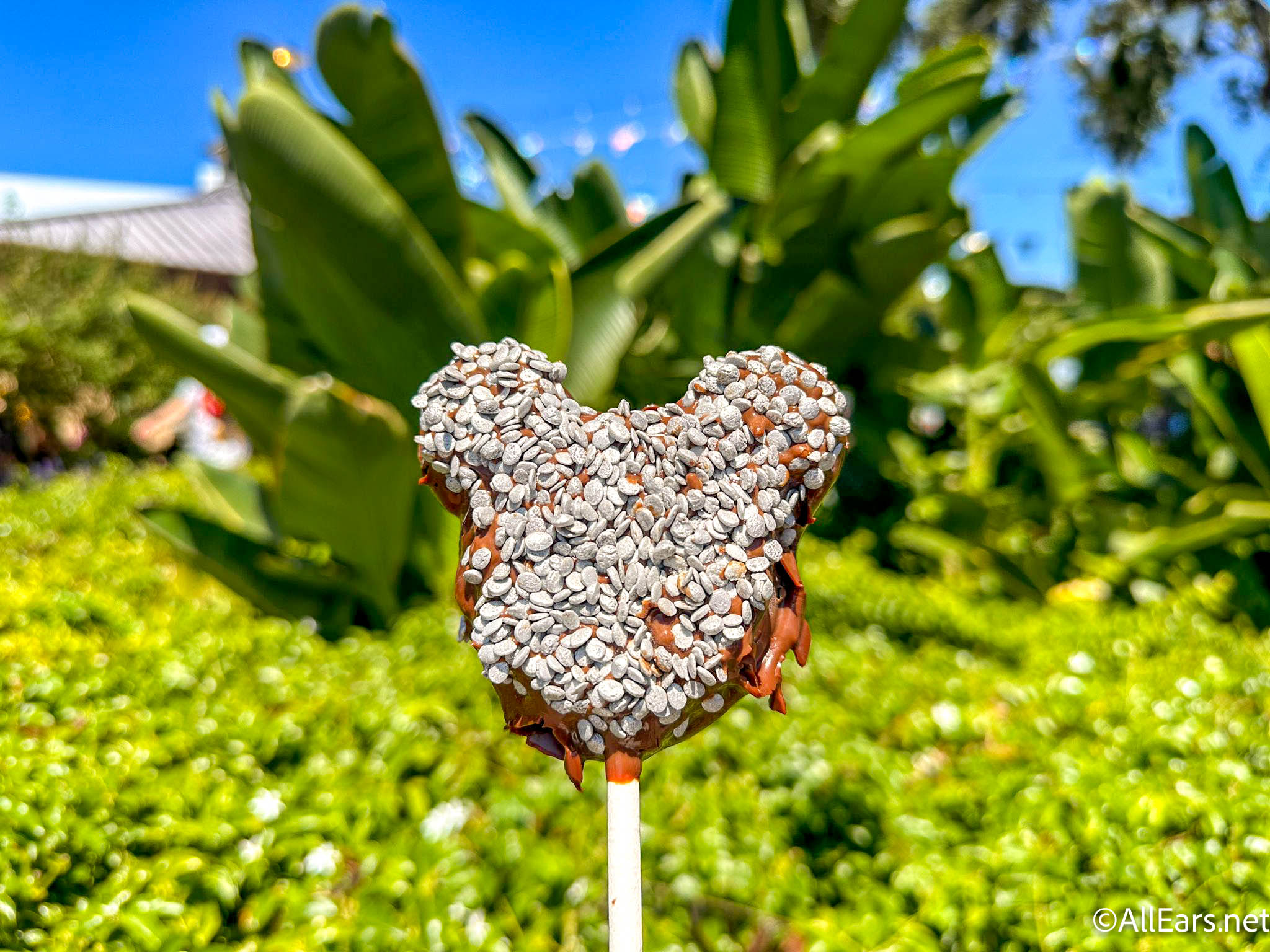
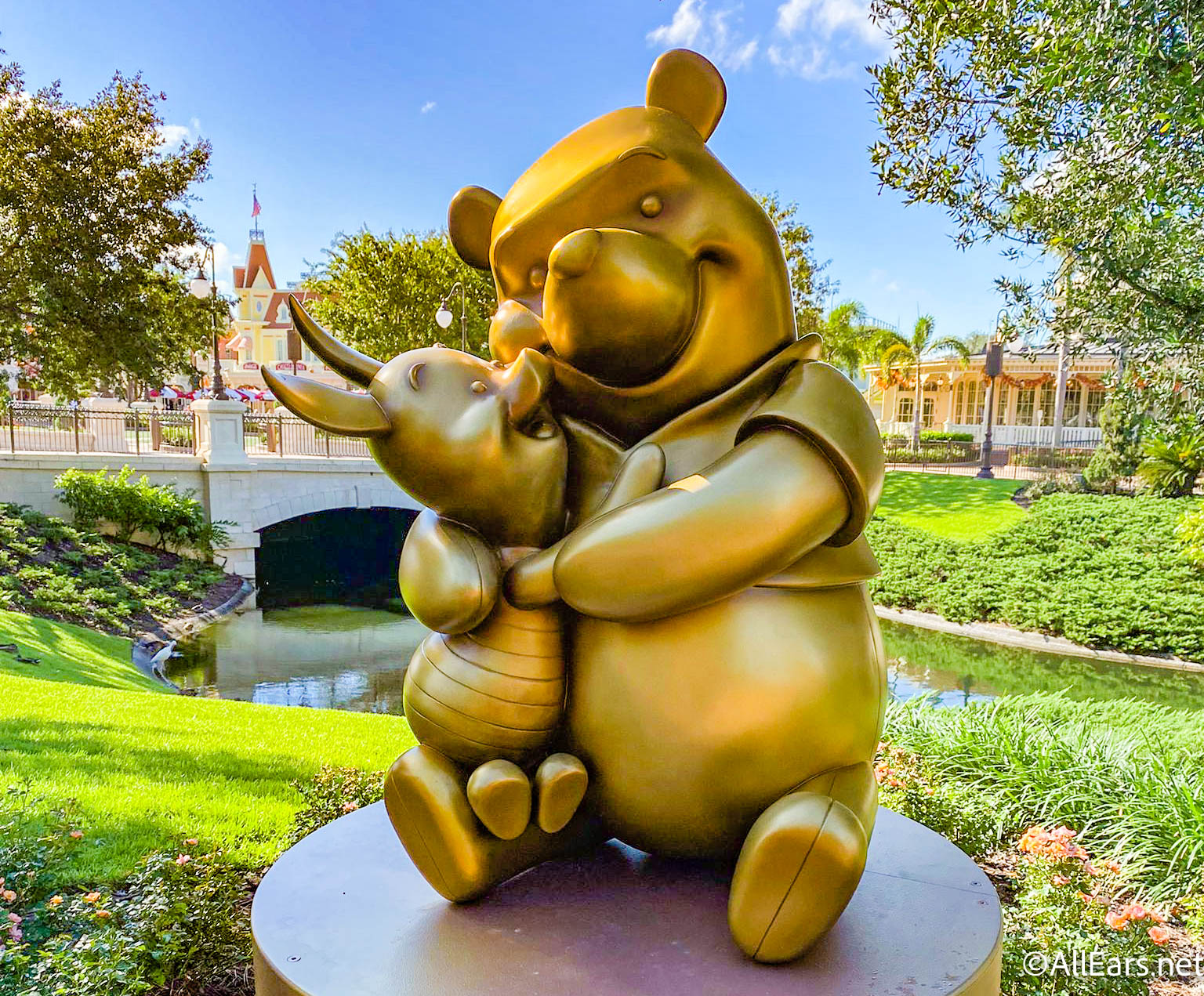
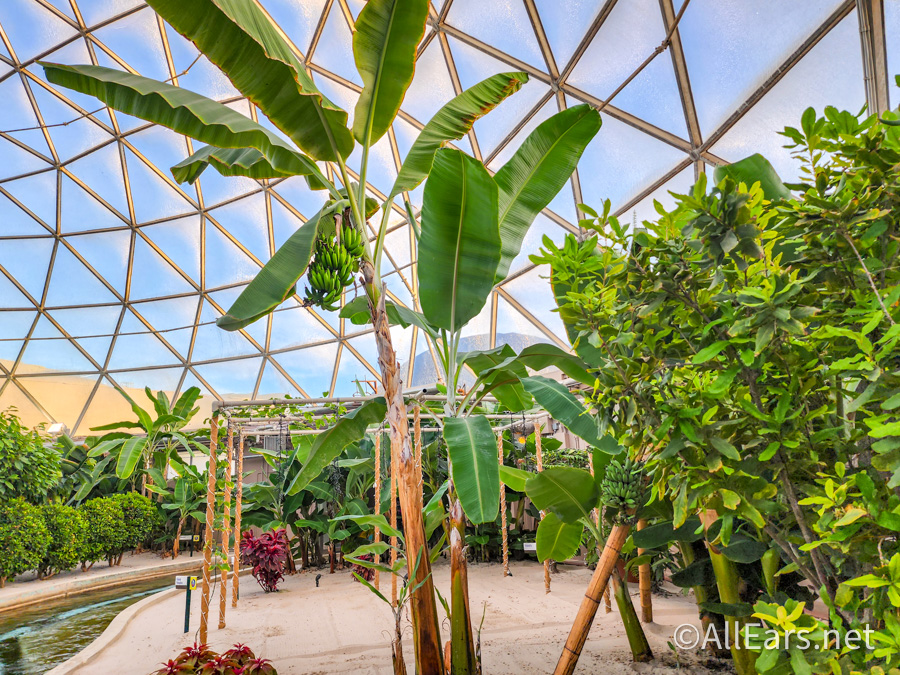
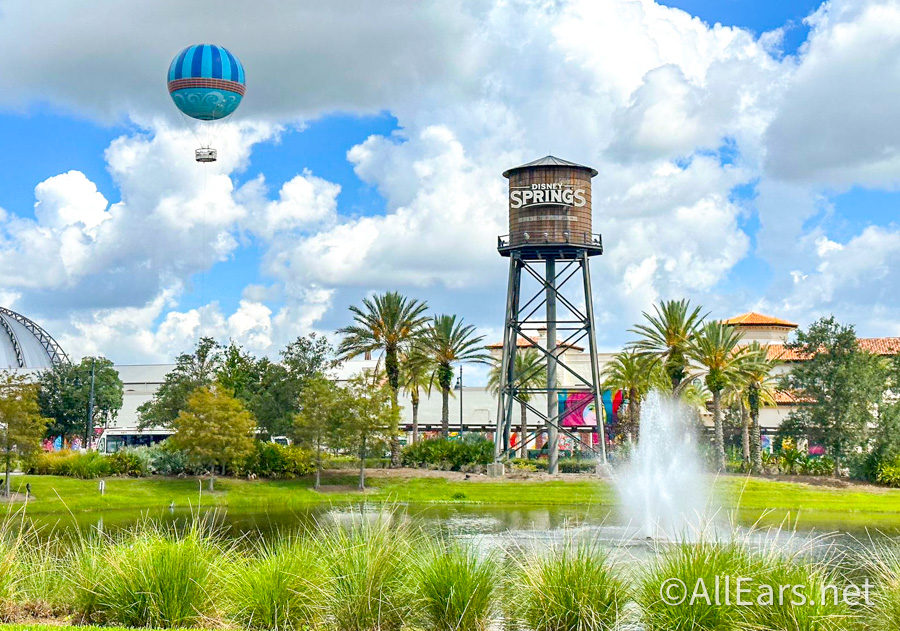


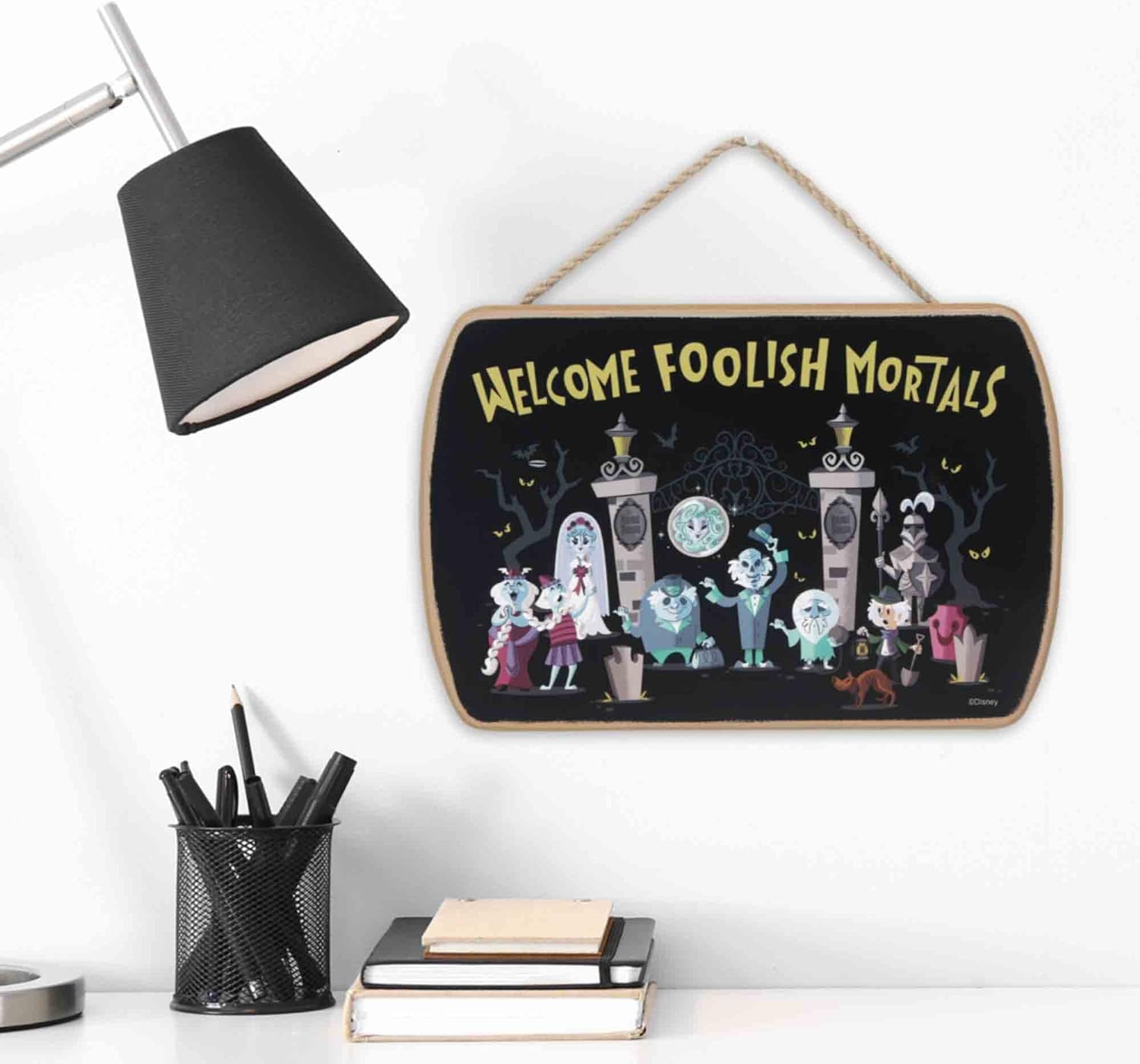
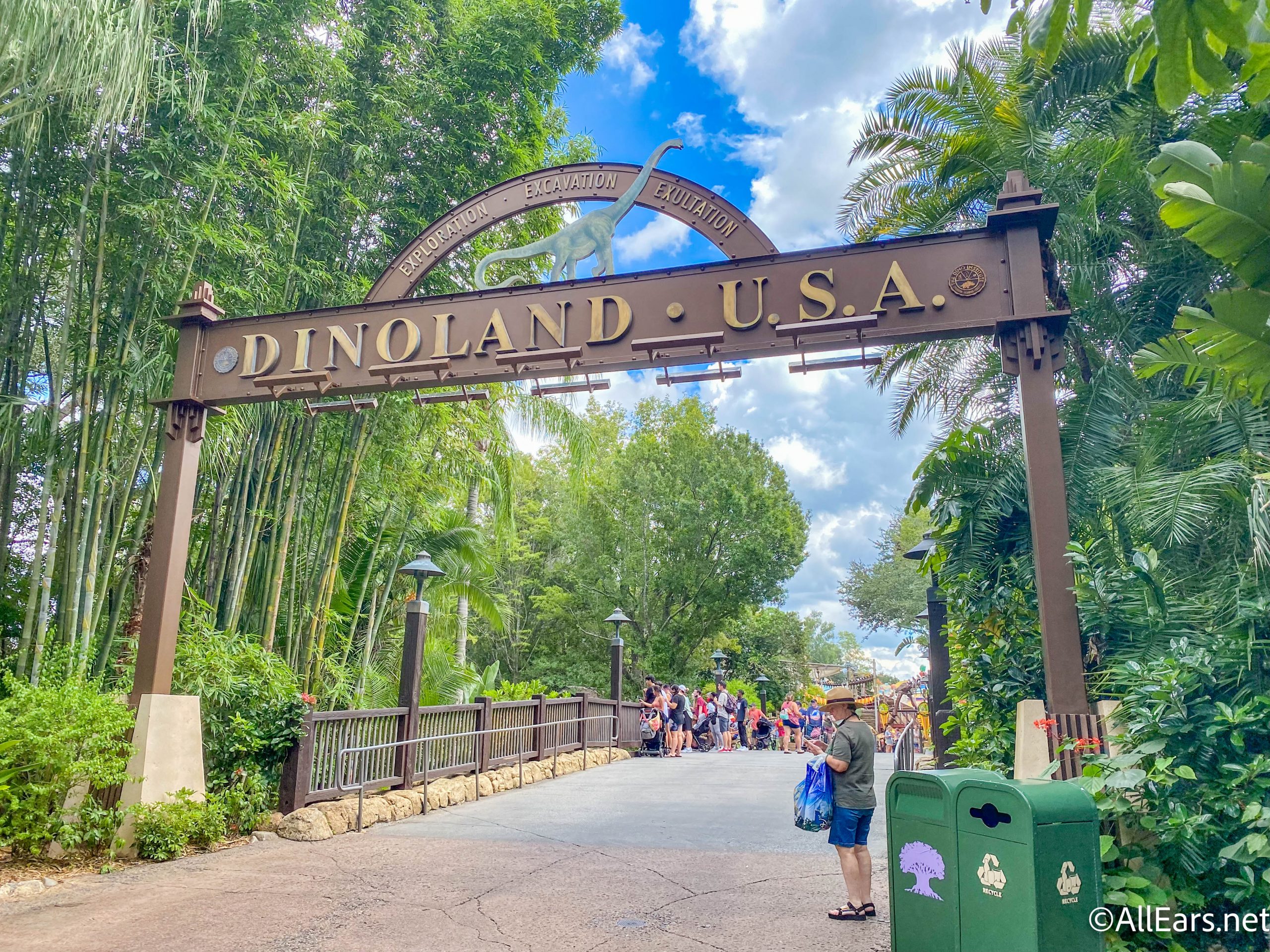
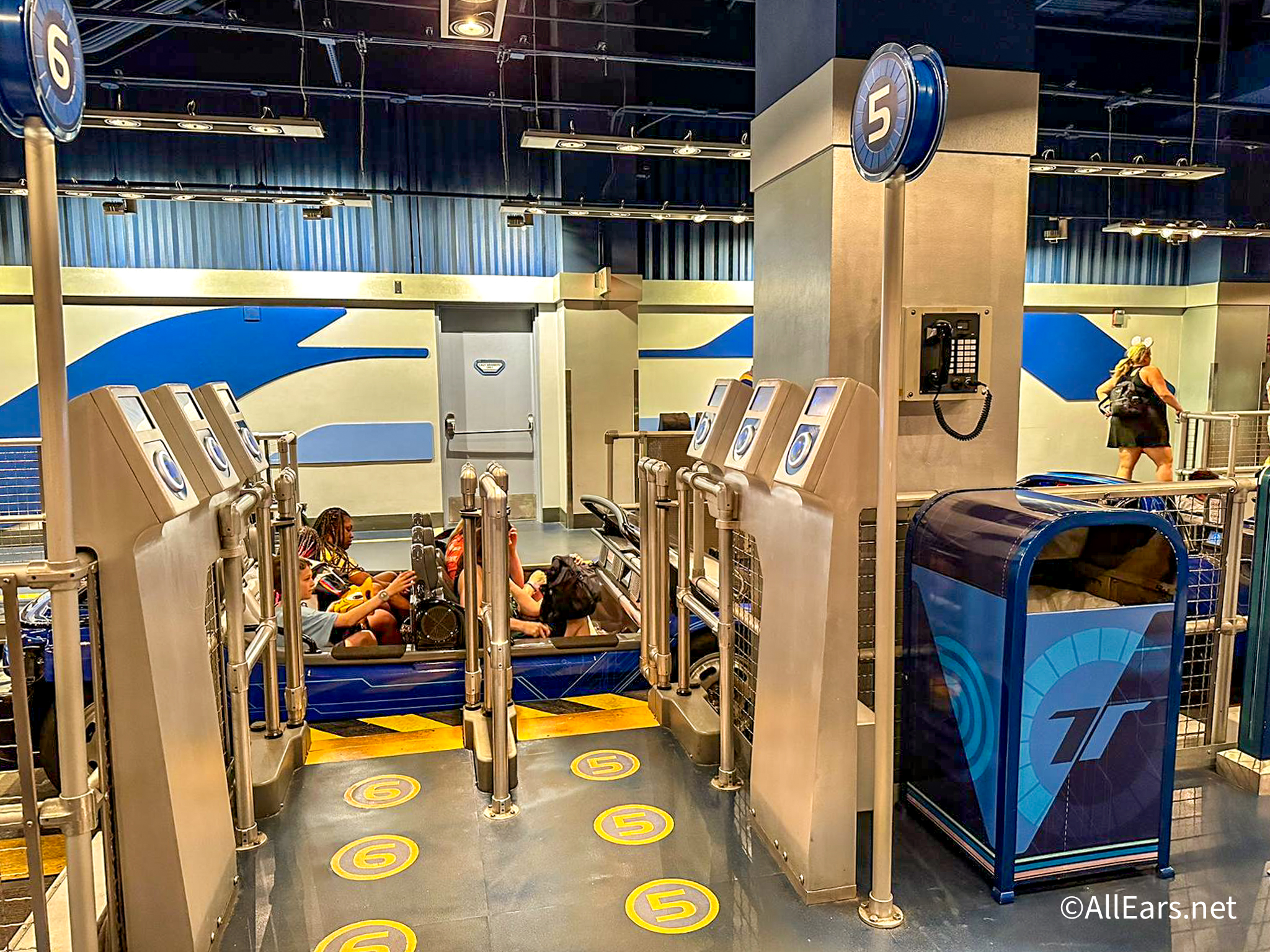
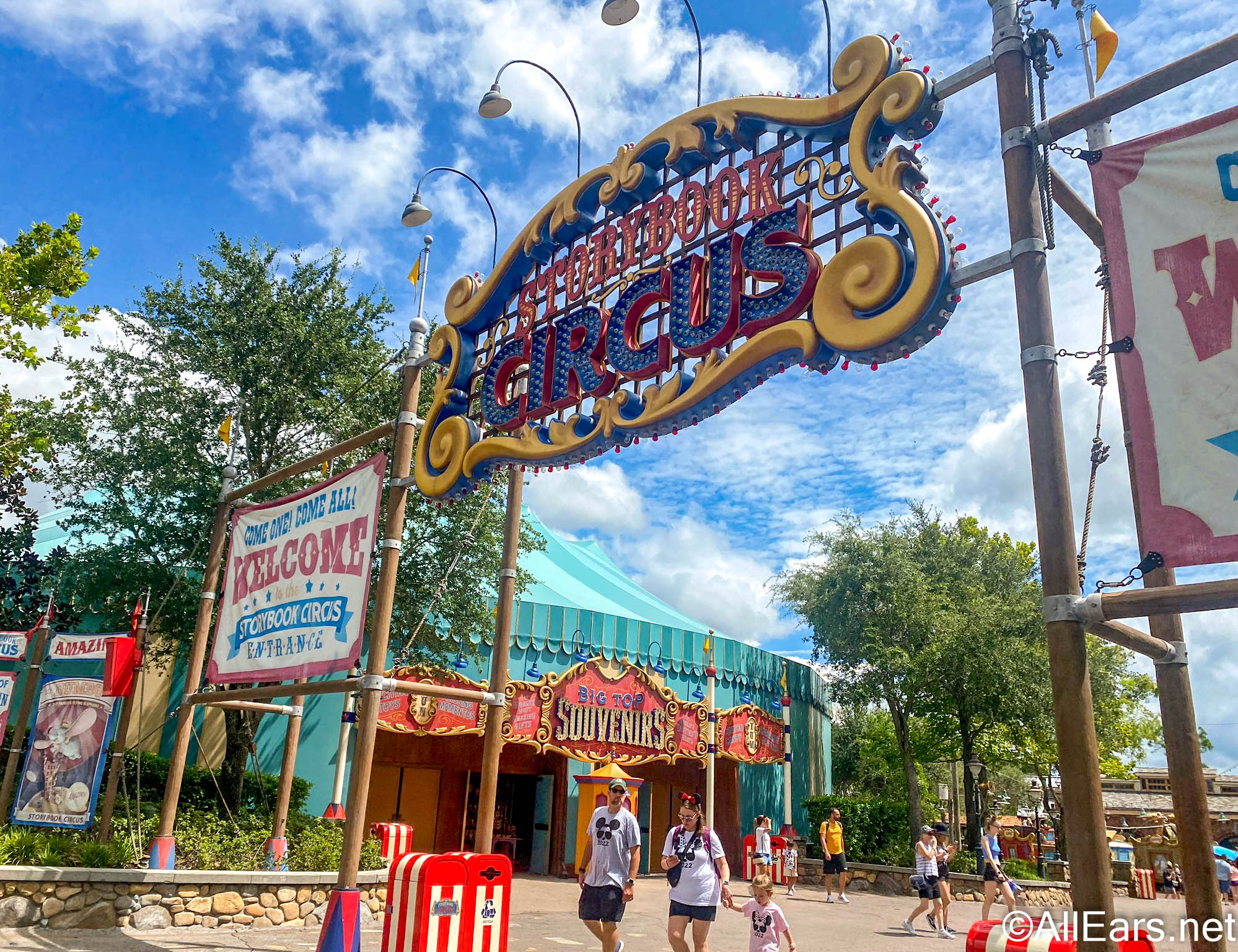

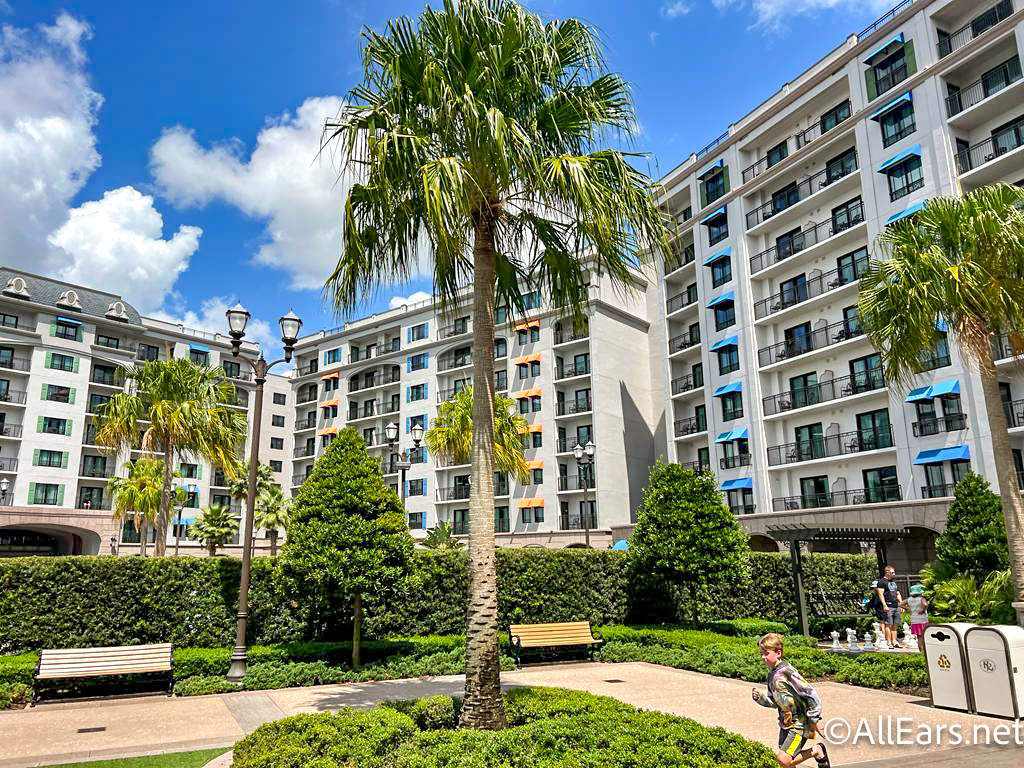
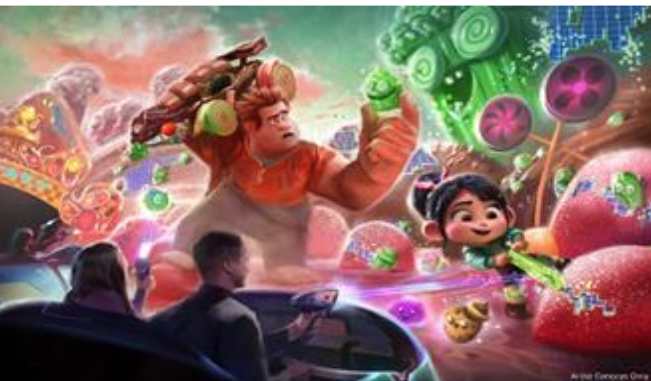
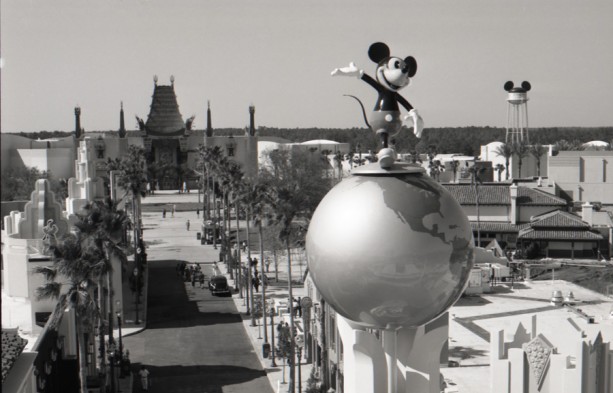
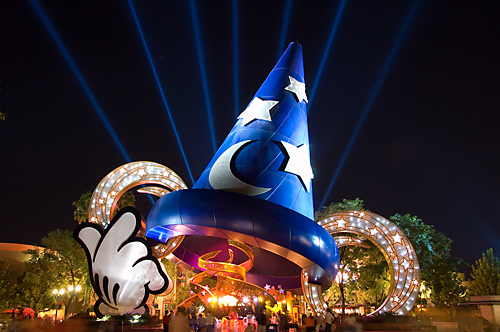
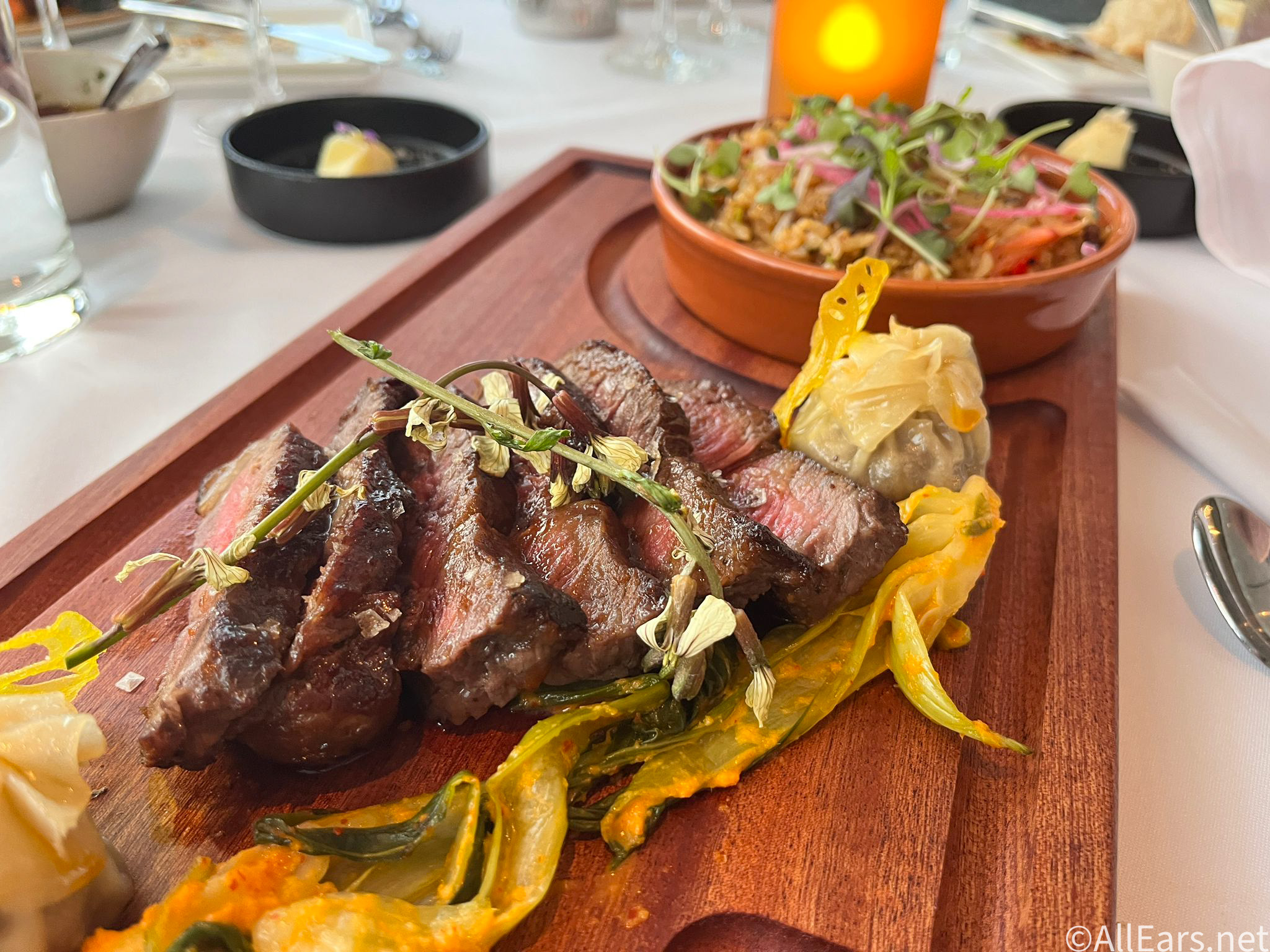
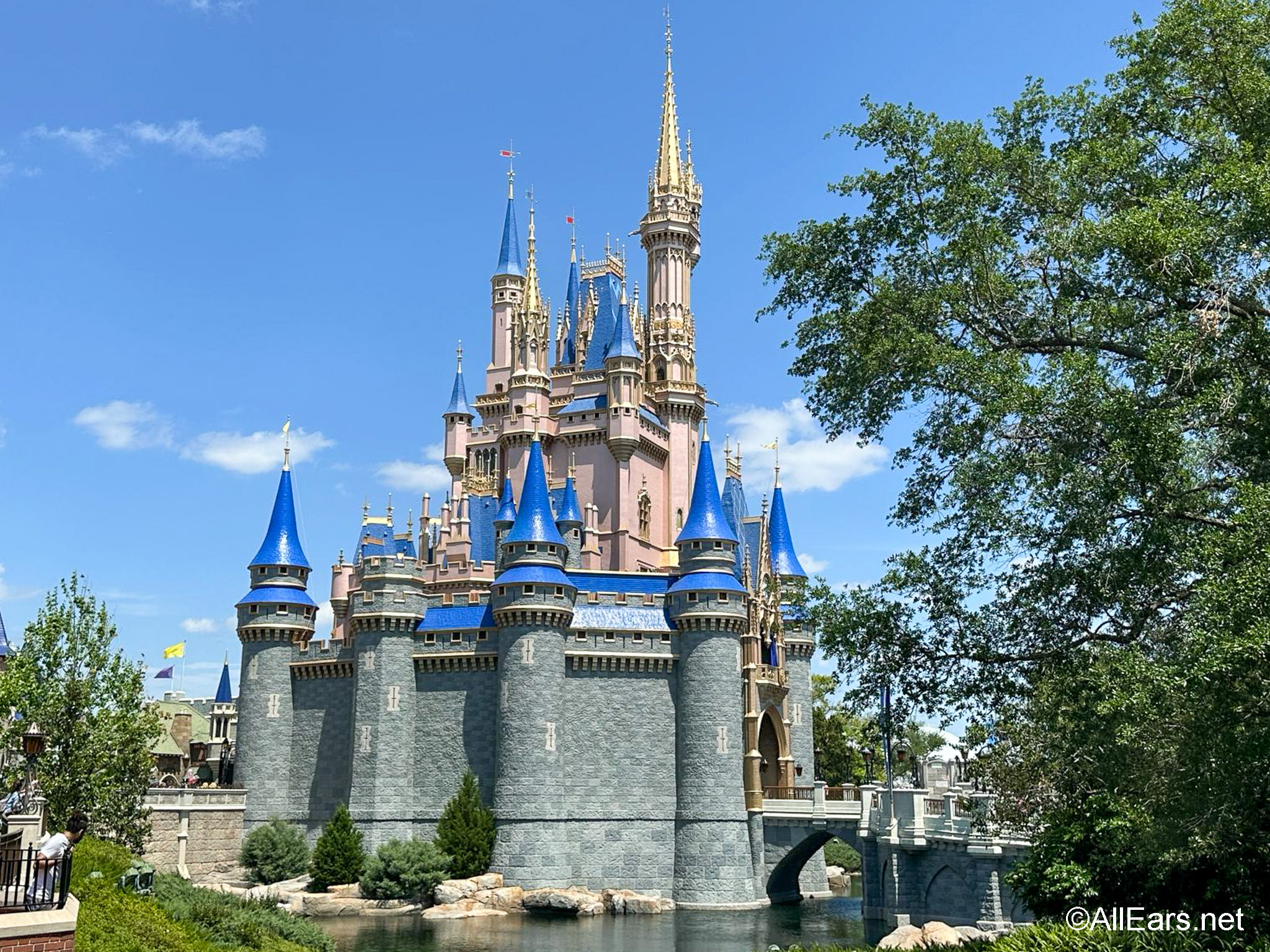


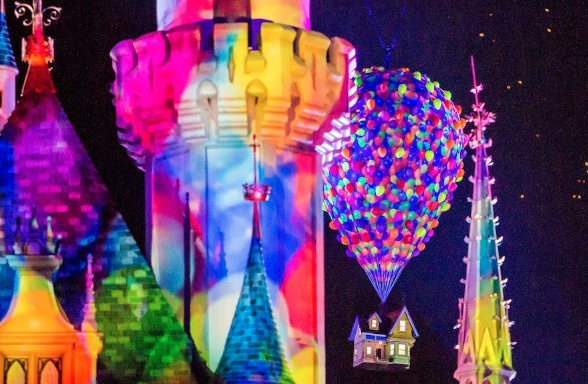

Thank you for yet another informative blog… I wish I had the time and availability to really explore the places the way you do. Disney has been a major obsession to me since the first trip I made there when I was 14 years old.
Regarding Morocco…. Do not pass up the baklava! It is absolutely incredible!
Jack,
I had never before heard about the history of international relations between the U.S. and Morocco. That was very interesting. I always learn something from your blogs and am very happy that you are blogging regularly again! I know that you will talk about Restaurant Marrakesh tomorrow. It is one of my favorite restaurants at WDW and is usually not crowded at all. It has the most awesome mint tea (good both hot and iced)!
Thank you Jack for doing a blog for the different “countries” around Epcot. I have to admit that with two children (13 and 10) we often focus more on the rides. I am hoping that on our next trip (#3) we will slow down a little more and really explore some of the areas we have not paid a lot of attention to. I am curious to see how likely do you think it is that they will expand and add more countries to the World Showcase. I would love to see a pavilion dedicated to Ireland and Australia. I think those would be fantastic!!!
Thanks again for the all of the wonderful information.
Jack’s Answer:
Disney would love to add more countries to Epcot, however, this requires money. This money must come from the sponsoring country or corporations within that country. With the current economic climate, I do not see a new nation being added to World Showcase anytime in the foreseeable future.
Hi Jack,
We usually rush through this country but since reading your blog we will have to check it out more carefully.
Your not going to believe this but I have met Betsy Lewin! She is from Clearfield and when she would come back home to visit her brother who was a local judge she would stop at our school. I have books that she signed. Pretty neat to see her name in your blog!
hey jack
Morocco is not a pavilion that my family and I have visited before but now after reading this blog and learning about the history we will have to make time to stop in and maybe get a quick bite to eat as well as look at the history. can’t wait for your next blog and as always keep up the great work.
Hi Jack! Thanks for all the history. I feel I know the least about the Moroccan Pavilion. The most I’ve done here is visit with Aladdin, Jasmine and the Genie. Oh, and lets not forget, checking out the street vendors. I’m a girl who loves to shop!!! I will definitely spend more time here next visit.